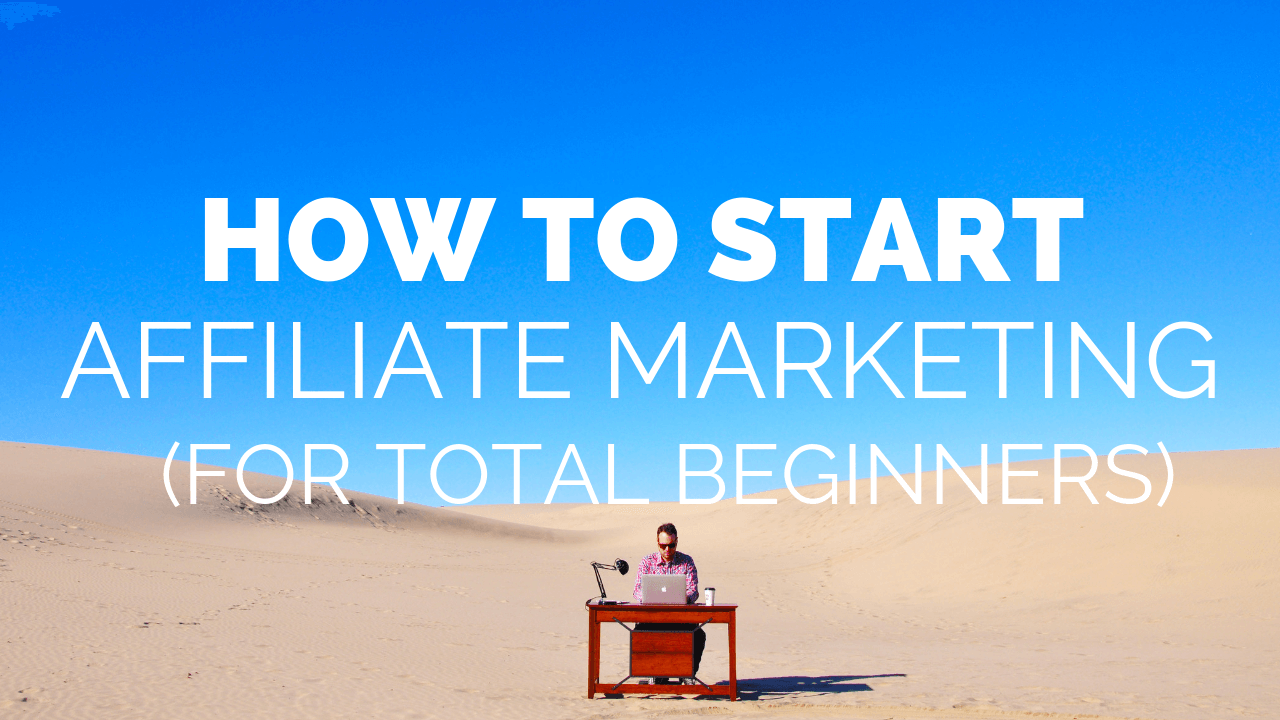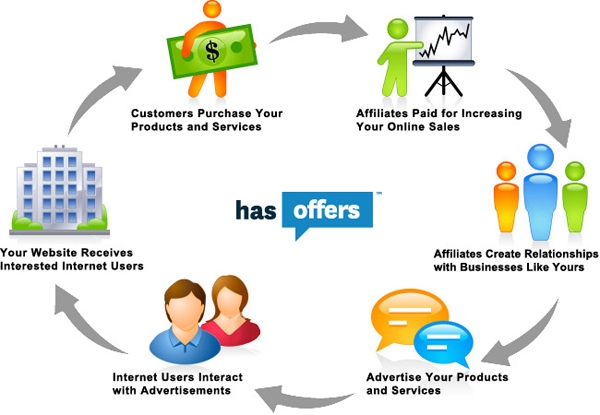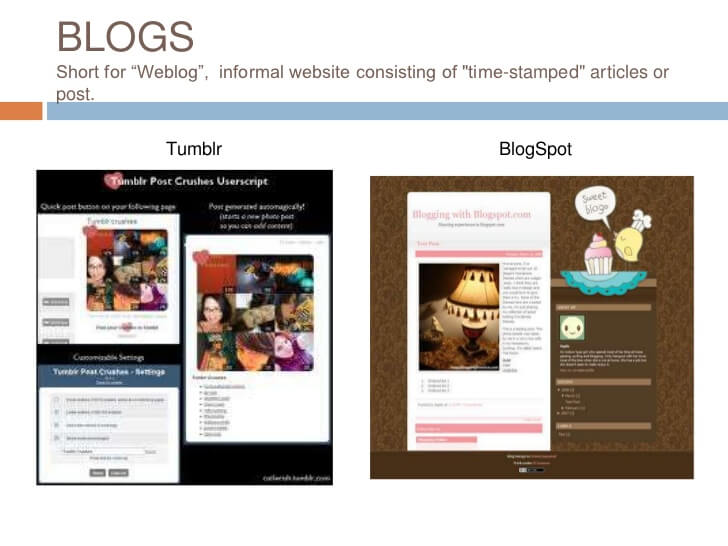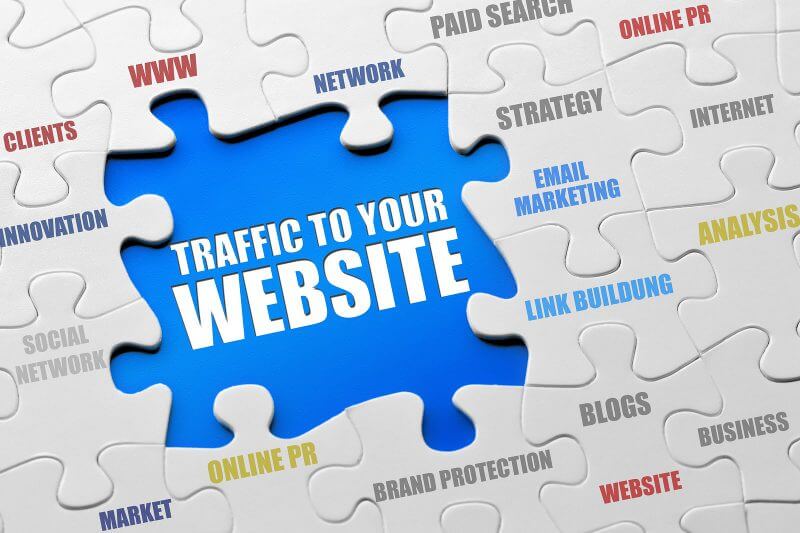As consumers become more demanding and better informed, a new form of marketing is beginning to gain more and more ground over traditional advertising methods. It’s about content marketing. In this article we will briefly explain what it is and how it works.
WHAT DOES CONTENT MARKETING MEAN
Content marketing is a soft-sell strategy. It is possible that at first sight you don’t even consider it marketing, because it takes the form of information that you offer to consumers. But the provision of this information aims to capture their attention, which gives the content a great power of persuasion, if done properly.
When we talk about content marketing we are obviously talking about creating, publishing and distributing content for a target market, usually online. It is a long-term strategy that helps build trusting relationships with customers – potential and existing – through quality materials. You get brand awareness, brand trust and build a community around your name.
Moreover, quality content also supports search engine optimization, meaning it helps you increase your ranking in the SERPS.
HOW DOES CONTENT MARKETING HELPS YOU INCREASE YOUR RANKING IN SEARCH ENGINES?
As you probably already know, the number one priority of search engines is the user experience. For this reason, they periodically update their algorithms to provide Internet users with relevant and valuable content based on the searches they perform. Thus, depending on the materials you distribute to your readers, search engines evaluate you and position you in the results page.
Okay, that’s if we talk about the content on the site, but content marketing is not limited to it, but refers to absolutely all the materials that can be associated with your business: content on the blog, newsletters, mobile application, networks social media, videos, articles and sites that talk about you, etc.
Because users consume huge amounts of information and are bombarded with it from all directions, the frequency with which you distribute materials is an important element in fueling their need for new content.
In addition, you must keep in mind that, once a content marketing campaign has started, the frequency with which you post will have to be maintained in order to keep the readers’ trust. If you start posting weekly, for example, and then slow down after a certain period, loyal readers who have become accustomed to reading you more often will think that you have lost interest and will also lose interest in you. .
Not to mention that Google likes prolific numbers, rewarding both quality and quantity. Therefore, optimize your content! This means developing a content marketing strategy based on prior documentation of what users are looking for, how users are searching, how you can best answer their questions and how to compose texts so that they are as accessible as possible to readers and search engines.
WHAT IS A CONTENT STRATEGY?
A content strategy sets the main lines in creating, publishing and distributing materials, and has clear objectives. Thus, before you start writing materials to publish in as many places as possible, determine what is most important to you and the steps you intend to take to achieve your goals – increasing brand awareness, increasing interaction with consumers. , increasing the number of visitors to the site, increasing the number of sales, etc.
Although it is an important goal, more sales is not the ultimate goal. If you design materials focused only on sales, you will not be able to keep your customers interested in your brand, they will stop following you once they have purchased from you.
You need to keep their interest awake by proving that they are important to you no matter what stage of purchase they are at. Therefore, give them valuable information and insist on forming a community around your brand.
Create content for each stage of the buying process:
Awareness – this is the stage when the client realizes that he has a problem. What you need to do now is show him the solution to his problem and let him know that you are there to help him.
Documentation – now the customer understands that there is a solution to the problem he has and will start looking for more information about the product or service that meets his requirements.
Analysis – at this stage the customer compares the solutions he has found to make sure he chooses the option that offers the best value for money.
Purchase – the customer decides to purchase the product.
Content marketing can be extremely effective in the first two stages of the buying process because it helps you become more aware of available solutions and educate consumers about a product that they would not otherwise consider.
When creating content, don’t limit yourself to one format, be creative and approach as many as possible! You can create general social media posts, articles, guides, e-books, templates, infographics, videos, podcasts, etc., but whatever form you choose, you need to convey the right information to the right target audience.
HOW DO YOU IDENTIFY THE RIGHT TARGET AUDIENCE?
To create quality content, you need to know who you are targeting. This means that you have to clearly define your audience and give them the most specific parameters in order to be able to design materials that interest them.
Here are some tips for identifying your target audience!
- Target customers according to demographic criteria: women or men / age groups / location / occupation / income, etc. Outline even better the client profile taking into account interests / hobbies / behaviors / lifestyle, etc.
- Before sending a message, make sure you know the issues that your product or service solves and who might be helping. Moreover, find out what causes people to buy.
- Ask yourself questions like, “Do I have a fair price for my audience?”, “What might get people’s attention?”, “Is the message I want to convey quite convincing?”
- Brainstorm with your team and put on paper all the ideas related to your business that might interest consumers. You can link to their searches in search engines, to the discussions you have with customers, to the feedback received, the comments from social networks, etc.
Even if identifying the target audience seems a difficult step, you will realize that in the long run the efforts to send messages only to people interested in your product or service save you time and money, as you no longer lose resources with the audience that does not show the slightest interest in what you offer.







